Following Eagles
Camellia in Great Neck Mar 20
March 20, 2013Camellia in Thalia 8am Mar 23
March 23, 2013
Beginning in the summer of 2007 The Center for Conservation Biology began deploying satellite transmitters with onboard GPS receivers on bald eagles within the Chesapeake Bay. Most of these transmitters were deployed as part of a large Department of Defense study to prioritize hazards for mitigation. Others were deployed on a variety of smaller projects with other objectives. Together these projects have included more than 70 birds some of which have been delivering daily tracking data for nearly 6 years. Combined, the eagle tracking dataset is the largest in the world and is rapidly approaching 1,000,000 locations.
Map of bald eagle locations within tracking dataset. Tracking data is concentrated within the mid-Atlantic states of Maryland, Virginia, Delaware, Pennsylvania, and New Jersey though coverage of other northeastern states and eastern Canada is considerable. Map by CCB.
The value of this tracking data set to eagle conservation and our understanding of eagle ecology is immeasurable. Understanding patterns in eagle movement across the landscape is key to the responsible placement of hazards within the airspace such as power lines, wind turbines and cell towers and for avoiding collisions with birds around airports. Hidden within this dataset are migratory pathways that eagles have used throughout the Northeast for thousands of years, seasonal patterns of foraging locations and how birds move along local stream corridors.
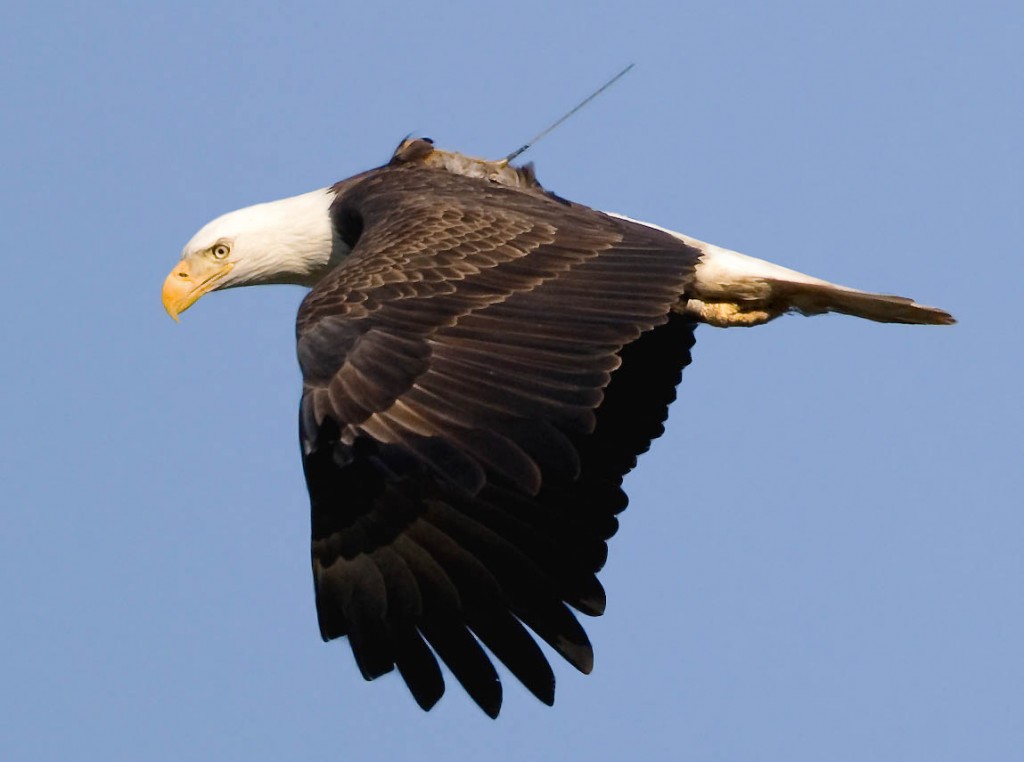
Adult eagle with a CCB satellite transmitter. Photo by Robert Lin.
One of the most exciting aspects of the tracking dataset is the movement patterns of young eagles. The cohort of birds includes 20 individuals that were marked as nestlings. Soon many of these birds will have been tracked from the nest where they were hatched to the nest where they will breed covering their entire juvenile period. This period within the eagle life cycle is the one for which we have the least information and understanding. The tracking dataset has the potential to answer many questions about the ecology of eagles in their first 5 years before breeding.
Stay tuned as information from the tracking dataset is used to discover many new aspects of eagle ecology.
Written by Bryan Watts
March 19, 2013

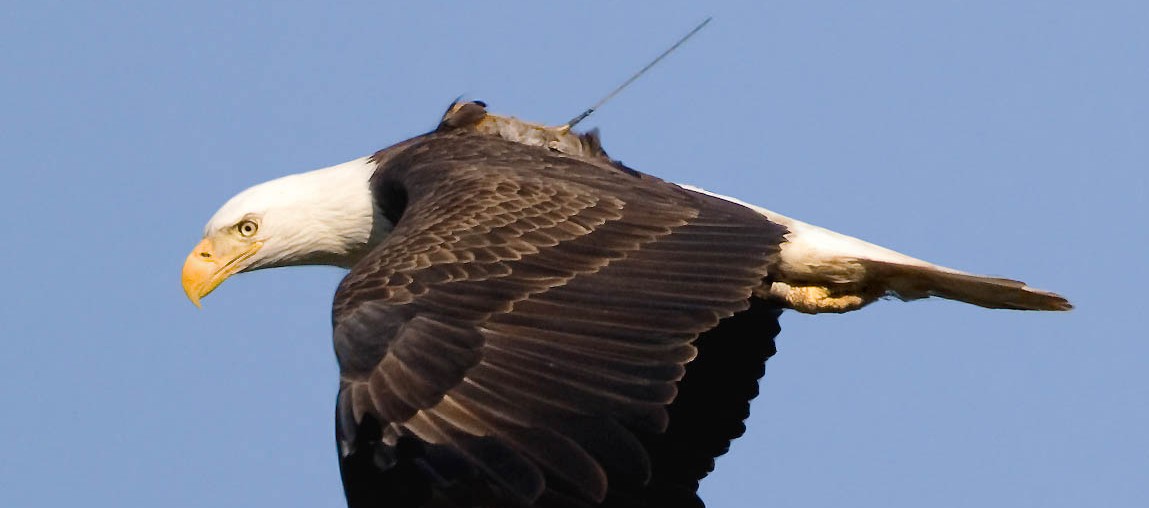
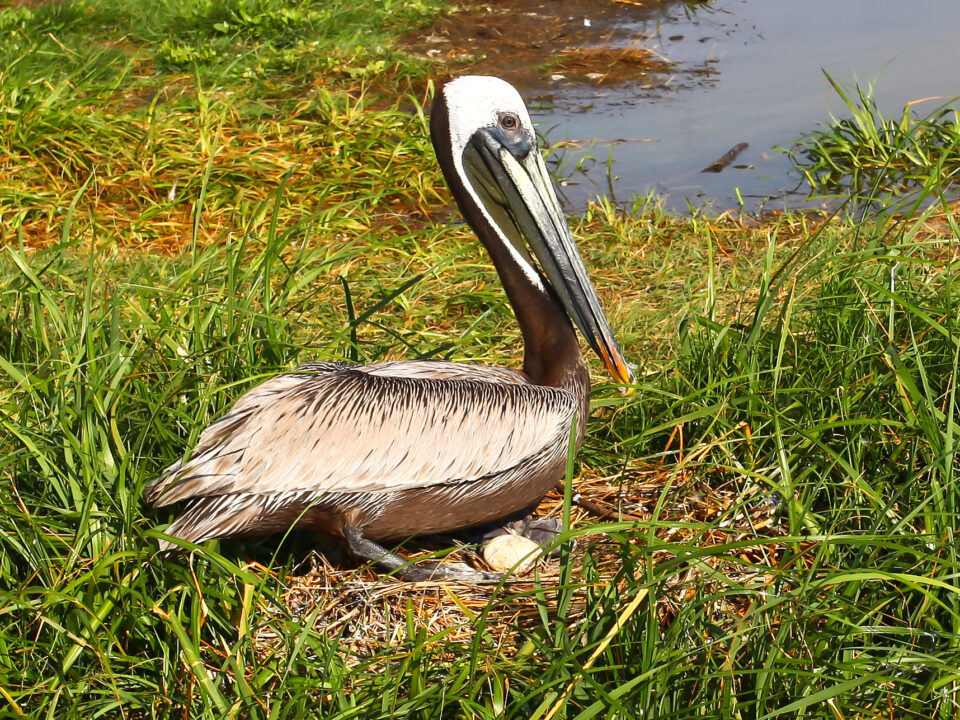
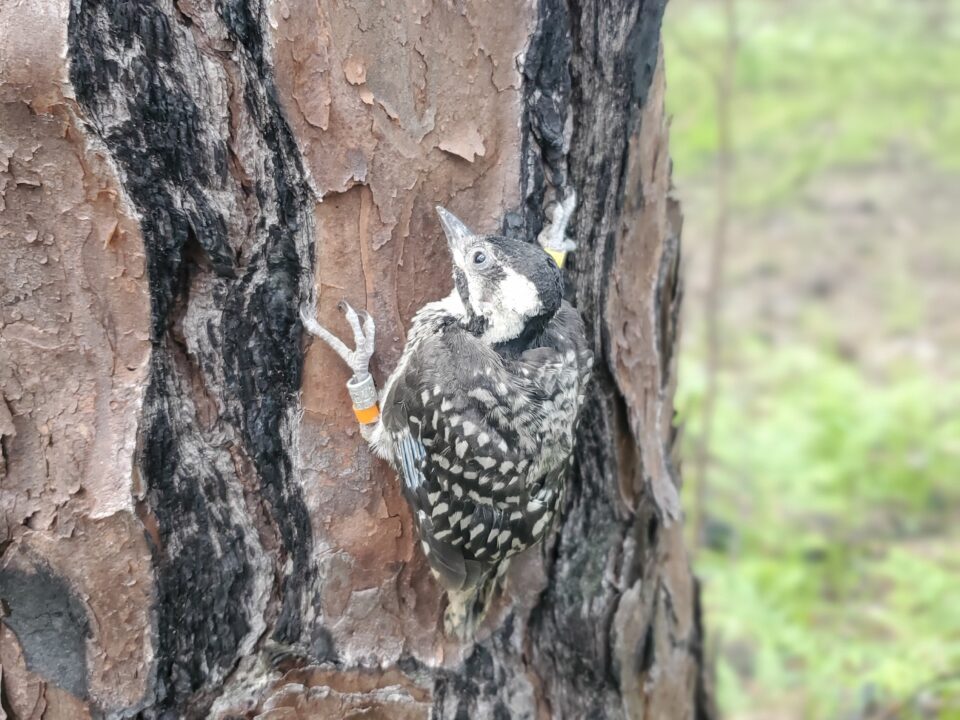
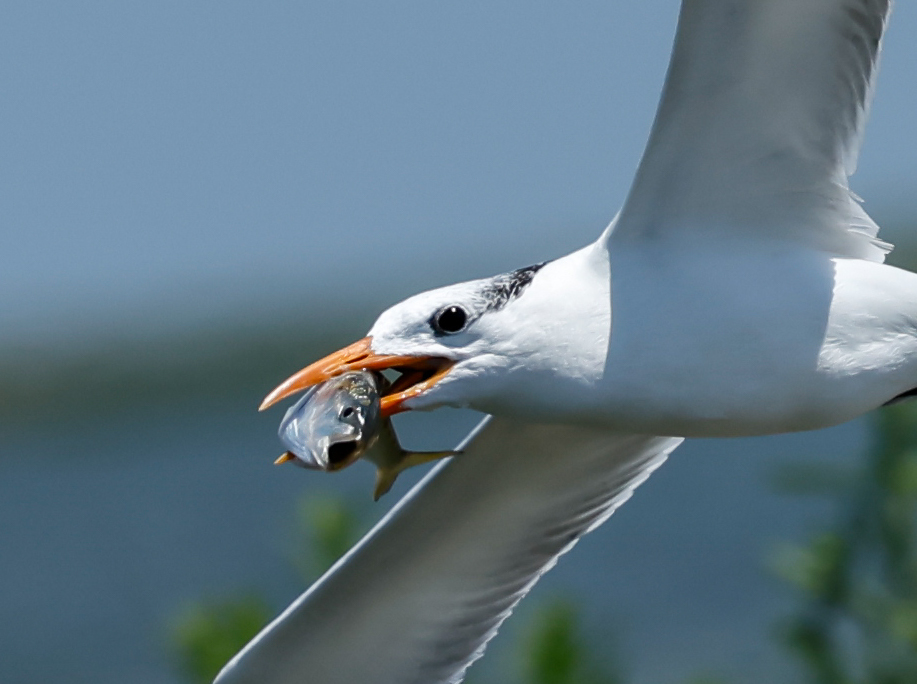
1 Comment
I watched James & Virginia and their hateful female baby last year pick unmercifully on the little male – wonder how they are all doing. I watched the breeding, Virginia protecting the eggs through a terrific snow storm when she was covered in snow but never left the nest, watched the eaglets grow and try their wings. I learned so much – just sorry we can’t follow this family in Richmond, VA this year.